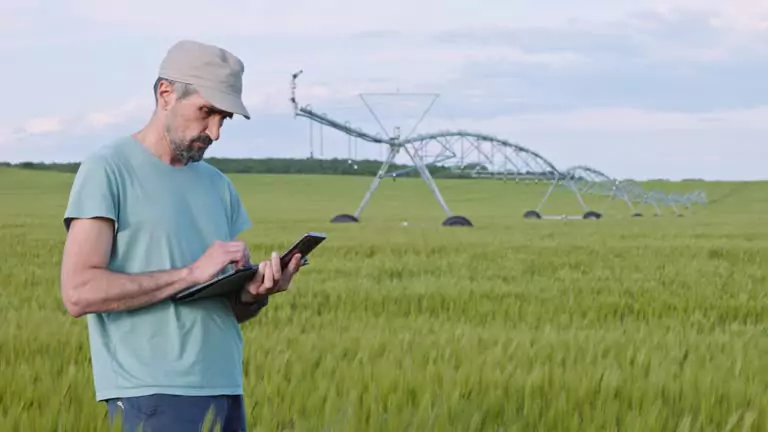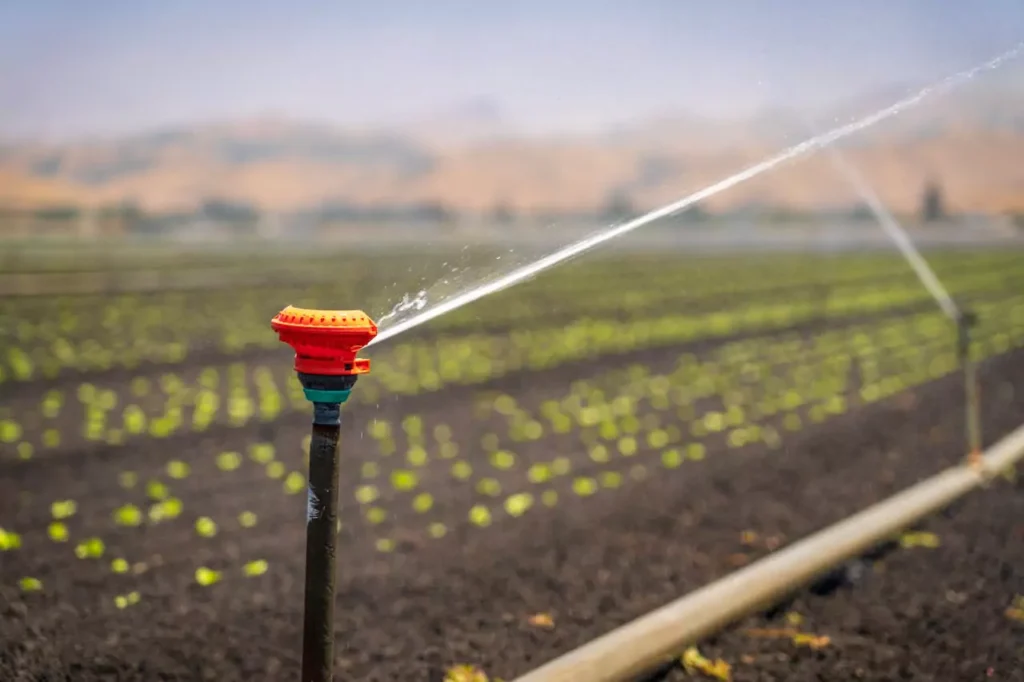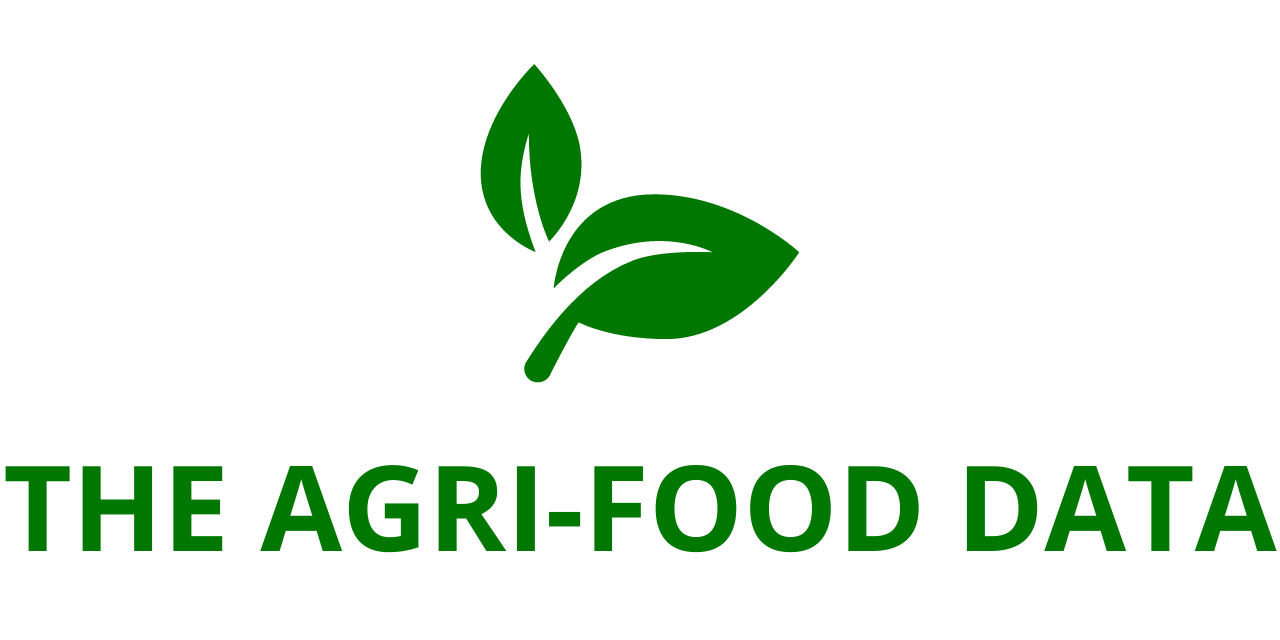
The “Thailand Smart Irrigation Market | Companies, Share, Value, Growth, Forecast, Trends, Revenue, Analysis, Size & Industry: Market Forecast By Component, By System Type, By Application And Competitive Landscape” report has been added to ResearchAndMarkets.com’s offering. The Thailand smart irrigation market has experienced substantial growth in recent years, driven by technological advancements, government initiatives, and increasing concerns over sustainable water management. The adoption of smart irrigation solutions in Thailand is gaining momentum, owing to the rising need for efficient agricultural practices and better water conservation methods.
Market Overview and Growth Drivers
Rising Demand for Smart Irrigation Solutions
Thailand has witnessed a rapid increase in smart irrigation adoption, primarily due to its growing agricultural sector and increasing digital technology integration. In 2023, the country’s agricultural production was valued at $46.90 billion, with exports totaling $49.7 billion. Simultaneously, the expansion of digital technology and the IoT market, valued at $338 million, has further supported the implementation of smart irrigation systems. The increasing focus on modernizing agricultural practices and ensuring water sustainability is propelling market growth.
The country’s water demand is another critical factor influencing smart irrigation adoption. In 2021, agriculture accounted for 82.5% of Thailand’s total water demand, with predictions of an impending water crisis by 2025. This has necessitated the development and adoption of advanced irrigation technologies that optimize water use, prevent wastage, and improve overall agricultural efficiency.
Government Initiatives Supporting Market Expansion
The Thai government has launched several initiatives to encourage sustainable water management and the adoption of smart irrigation systems. Programs such as the National Water Resources Management Strategy and the Thailand 4.0 Initiative emphasize the integration of technology in agriculture. These initiatives provide financial support, incentives, and training for farmers to adopt modern irrigation solutions, thereby driving market expansion.
Additionally, the Agriculture and Cooperative Strategy (2017-2036) focuses on increasing the use of smart technologies, including IoT-based irrigation, to enhance agricultural productivity. Thailand’s IoT sector is projected to reach USD 1.84 billion by 2030, further facilitating the implementation of smart irrigation solutions across the country.
The Thai government has also introduced a half-trillion-baht water management plan to improve irrigation infrastructure. This long-term initiative aims to make the agricultural sector more resilient to climate change, ensuring efficient water distribution and enhancing crop yields.
Market Forecast and Projected Growth
Thailand’s smart irrigation market is expected to grow at a CAGR of 8.7% from 2024 to 2030, driven by ongoing investments in agricultural modernization and technological advancements. Government policies, increasing farmer awareness, and the benefits of precision irrigation are expected to sustain long-term growth.
Key projects such as the E-WMSA initiative, supported by the UNDP and Green Climate Fund, aim to integrate IoT-based water management across 49,000 acres. Similarly, the 1 Tambon 1 Digital Project, which promotes drone technology in agriculture, will enhance precision farming and water efficiency. These initiatives provide cost-effective solutions for both small and large-scale farmers, reinforcing Thailand’s commitment to smart irrigation.
Market Segmentation
By Component
Smart irrigation systems comprise multiple components, including sensors, controllers, weather-based irrigation systems, and software solutions. Among these, sensors are projected to have the highest growth rate due to their ability to provide real-time data on soil moisture, temperature, and weather conditions. The integration of IoT-based sensors allows farmers to optimize irrigation schedules, reducing water waste and improving overall crop health.
The demand for sensors is also fueled by the growing emphasis on sustainable farming and water conservation. With climate change concerns on the rise, farmers and agricultural enterprises are increasingly relying on real-time monitoring tools to maintain efficient irrigation practices.

By System Type
Smart irrigation systems can be categorized into sensor-based and weather-based systems. Sensor-based irrigation systems are expected to witness the highest growth rate, primarily due to their efficiency in monitoring soil conditions and adjusting water distribution accordingly. These systems are widely used in both agricultural and non-agricultural applications, such as residential landscaping, sports fields, and golf courses.
Farmers and urban planners are recognizing the cost-effectiveness of sensor-based irrigation systems, as they offer long-term savings, improve crop yields, and reduce overall water consumption. As urbanization increases and climate conditions become more unpredictable, the adoption of these systems is set to grow significantly.
By Application
Among various applications, the agricultural sector is expected to dominate the smart irrigation market in Thailand. The increasing need for efficient water management in farming, coupled with the rising demand for higher crop yields, is driving the adoption of advanced irrigation technologies. Farmers are under pressure to maximize productivity while minimizing resource use, making smart irrigation an attractive investment.
In addition to agriculture, the use of smart irrigation systems is growing in residential, commercial, and industrial applications. Smart irrigation is becoming popular in urban landscaping, golf courses, and public parks, where water conservation is a priority. As Thailand continues to promote sustainable urban development, the demand for smart irrigation solutions in non-agricultural sectors is likely to expand.
Key Players and Competitive Landscape
The Thailand smart irrigation market is highly competitive, with several key players focusing on research and development, product innovation, and strategic partnerships to expand their market presence. Some of the prominent companies in the industry include:
- Rain Bird Corporation – A leading provider of smart irrigation controllers and sensors.
- Netafim – Specializes in drip irrigation and precision watering solutions.
- Hunter Industries – Offers weather-based and sensor-driven irrigation systems.
- Toro Company – Provides advanced irrigation solutions for both agricultural and landscaping applications.
- Lindsay Corporation – Develops high-efficiency irrigation systems and water management tools.
These companies are investing heavily in AI-driven analytics, IoT-enabled irrigation systems, and cloud-based water management solutions to enhance product offerings and expand their footprint in Thailand’s market.
Future Outlook and Challenges
Opportunities in the Market
- Integration of AI and IoT: AI-driven predictive analytics combined with IoT sensors can further optimize irrigation schedules, leading to better resource management.
- Expansion of Precision Agriculture: The growing adoption of precision farming techniques will drive demand for smart irrigation technologies.
- Government Subsidies & Support: Continued financial assistance and policy backing will encourage farmers to adopt smart irrigation solutions.
- Increasing Awareness: Educational programs and training initiatives will help farmers understand the long-term benefits of smart irrigation systems.
Challenges to Market Growth
- High Initial Investment: The cost of installing smart irrigation systems remains a significant barrier for small-scale farmers.
- Limited Technical Knowledge: Many farmers lack the expertise to operate advanced irrigation systems, necessitating training programs.
- Infrastructure Limitations: The need for improved connectivity and infrastructure in rural areas may slow down the widespread adoption of smart irrigation.






